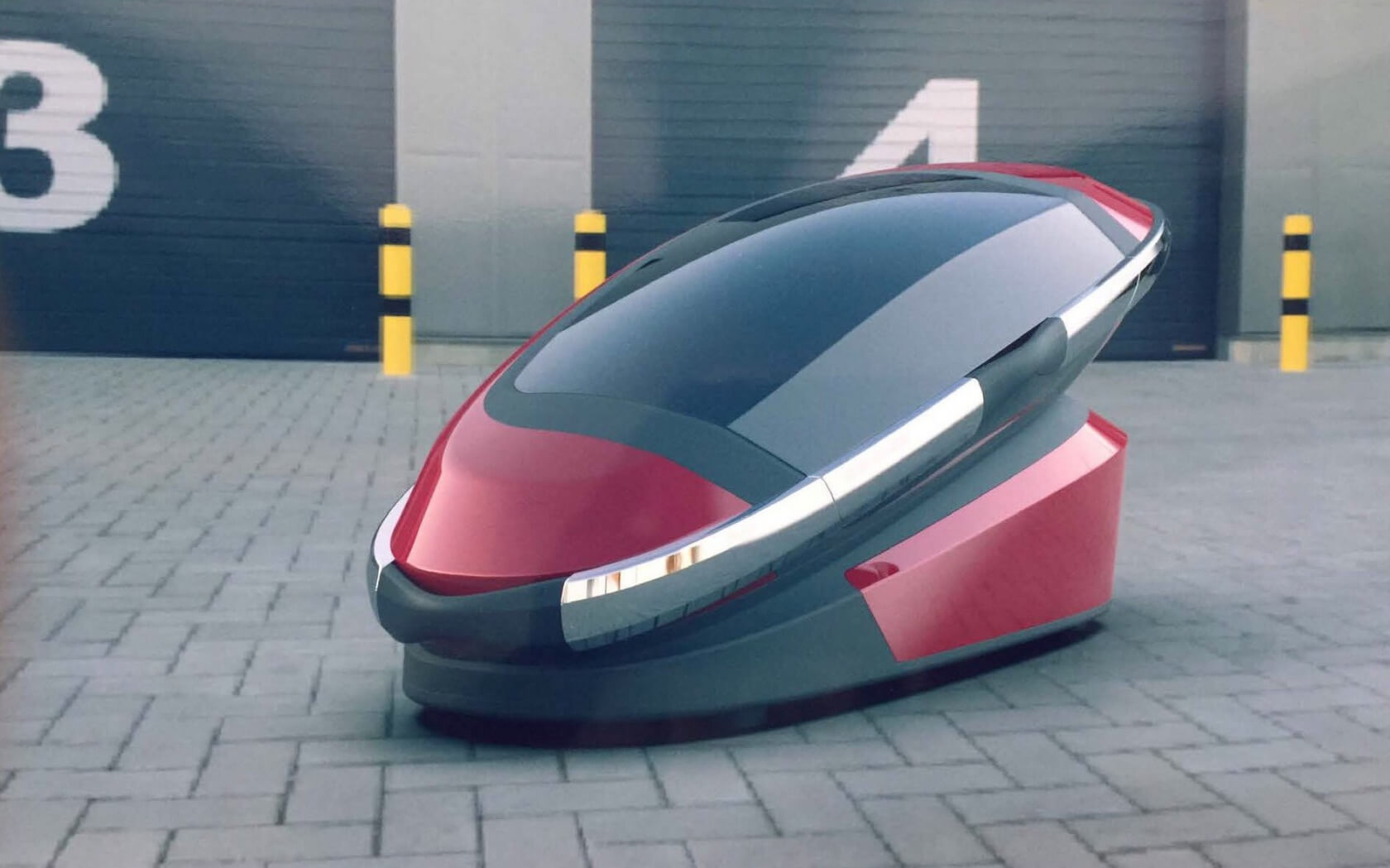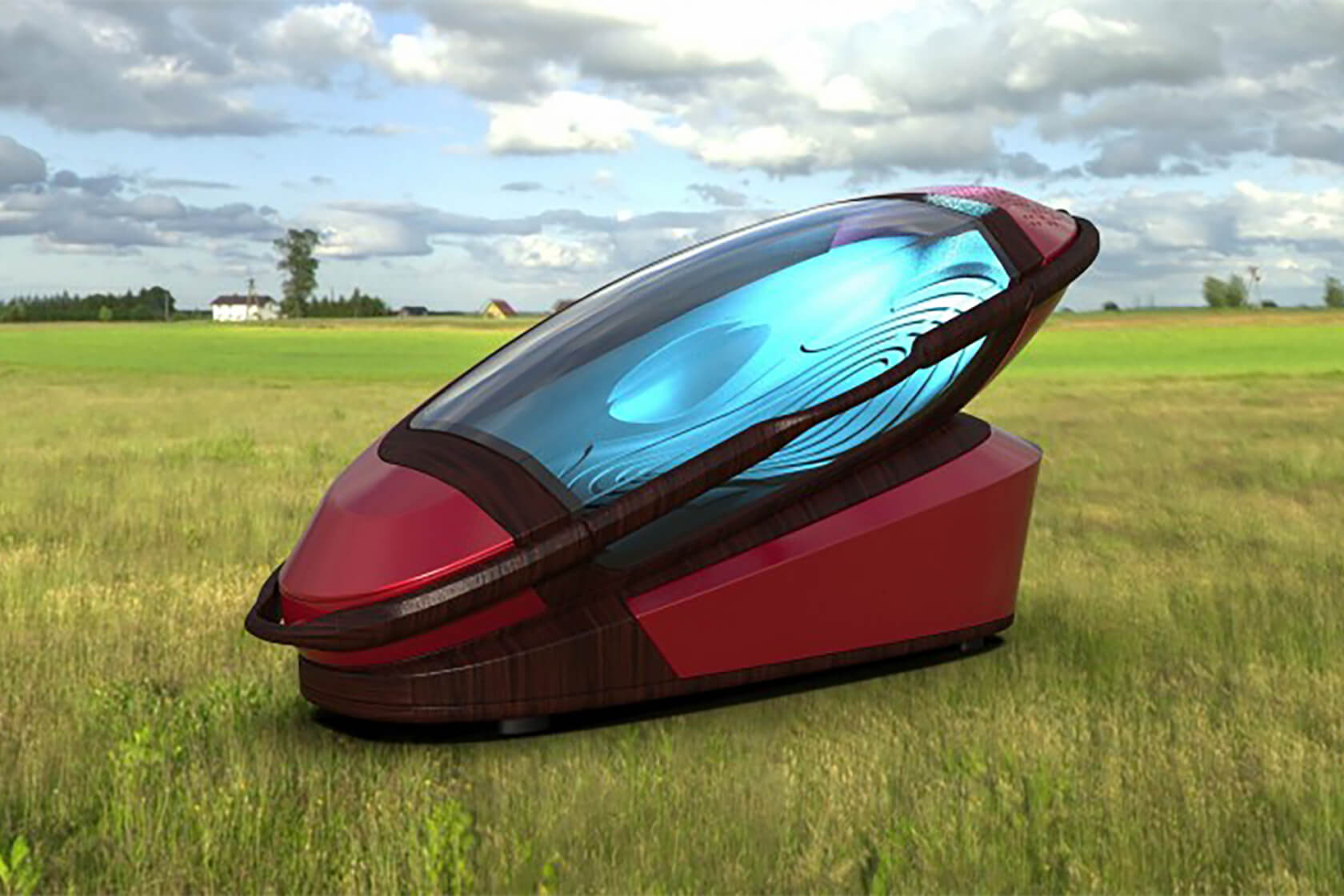His name is Dr. Philip Nitschke. If that doesn't sound familiar, perhaps you'll recognize him by the nickname that he inherited from Dr. Jack Kevorkian --- "Dr. Death." Nitschke is a physician in Australia famous for being the first medical practitioner to administer a lethal injection to one of his patients, way back in 1996. Kevorkian would do the same thing two years later and go to prison for second-degree homicide.
Nitschke believes that choosing to die should be a fundamental human right, regardless of illness. He wrote the book "The Peaceful Pill," which is essentially a handbook on committing suicide. He is also the founder of Exit International, an advocacy group for euthanasia that is mostly responsible for campaigning for the legalization of assisted suicide.
Nitschke's latest efforts in the field have gone high-tech. According to Newsweek, he has designed a suicide machine he calls the Sarco and claims the device will allow people to die peacefully.
The Sarco evolved from another solution nicknamed the "Exit Bag." It was a breathing mask that used carbon monoxide to asphyxiate the patient. Despite being highly efficient and painless, it was not very appealing to patients.
"People don't want to leave the world in such an aesthetically displeasing way."
With 3D printing continually becoming more mainstream, Nitschke spent several years designing a more "aesthetically pleasing" way for patients to go out. He describes the Sarco as "sleek and luxurious." Indeed, it looks like a futuristic vehicle or a personal spaceship.

"It resembles a spaceship and is intended to convince its user that he or she is journeying to the great beyond," said Newsweek.
The Sarco is comprised of two parts --- the sarcophagus and the base. The base acts as a stand and houses canisters of liquid nitrogen. The capsule is designed so that it can detach from the stand and be used as a coffin.
Once triggered, the nitrogen is released and enters the capsule. After a minute and a half, there is a brief period of drunkenness (nitrogen narcosis). Three minutes in, the patient goes unconscious with death occurring at about the five-minute mark.
"Nitschke vowed that a Sarco death was relatively painless---there is no asphyxiation, and the user breathes easily, he said, comparing it to an airplane cabin depressurizing."
He is currently working on licensing agreements with several suicide clinics in Switzerland but eventually plans on releasing the design open-source.
While the device will not be legal everywhere, several locations do allow physician-assisted suicide. Washington, California, Vermont and Oregon have all enacted euthanasia laws. Several European countries such as Switzerland and the Netherlands have also legalized it. The state of Victoria in Australia passed legislation just this week allowing euthanasia.
As morbid as some may find it, there is a market for Nitschke's Sarco.
